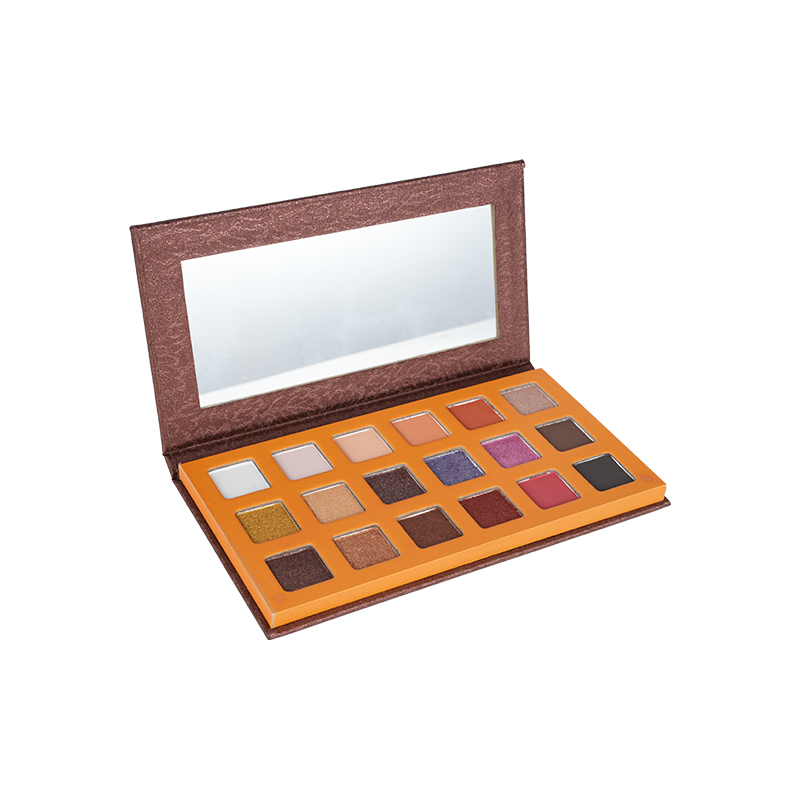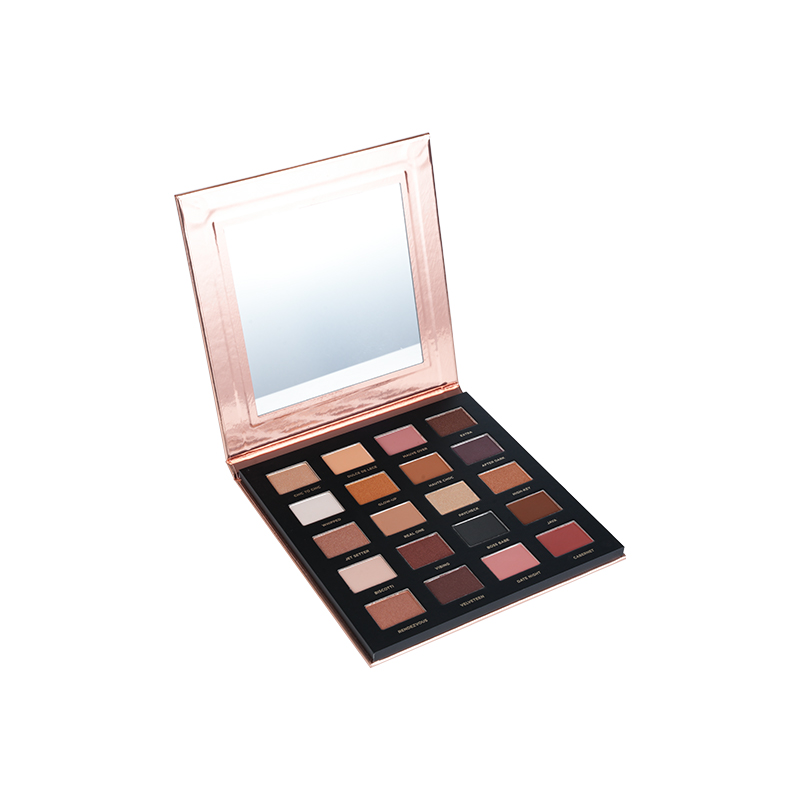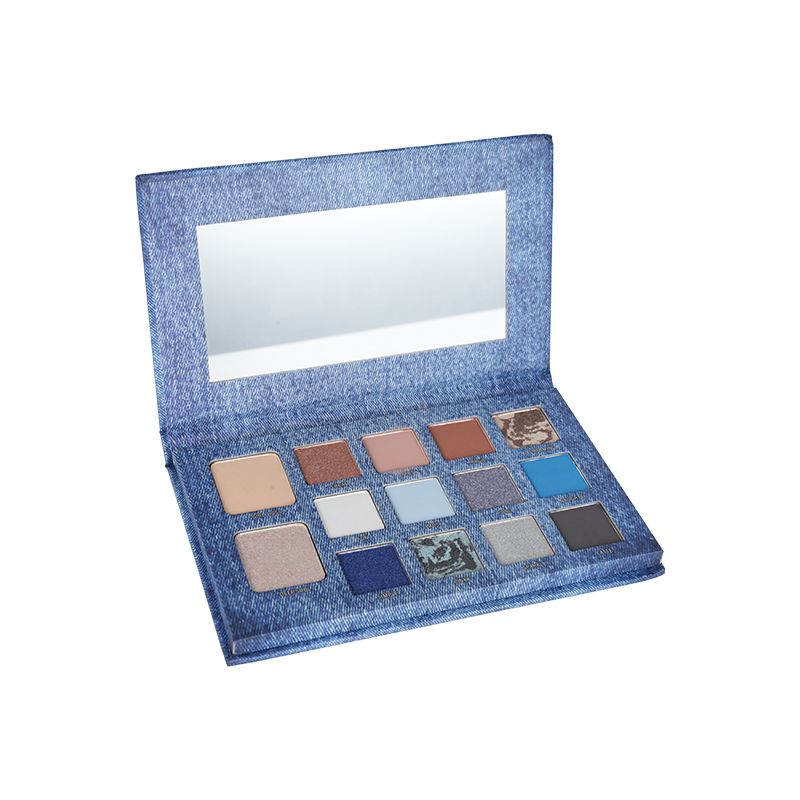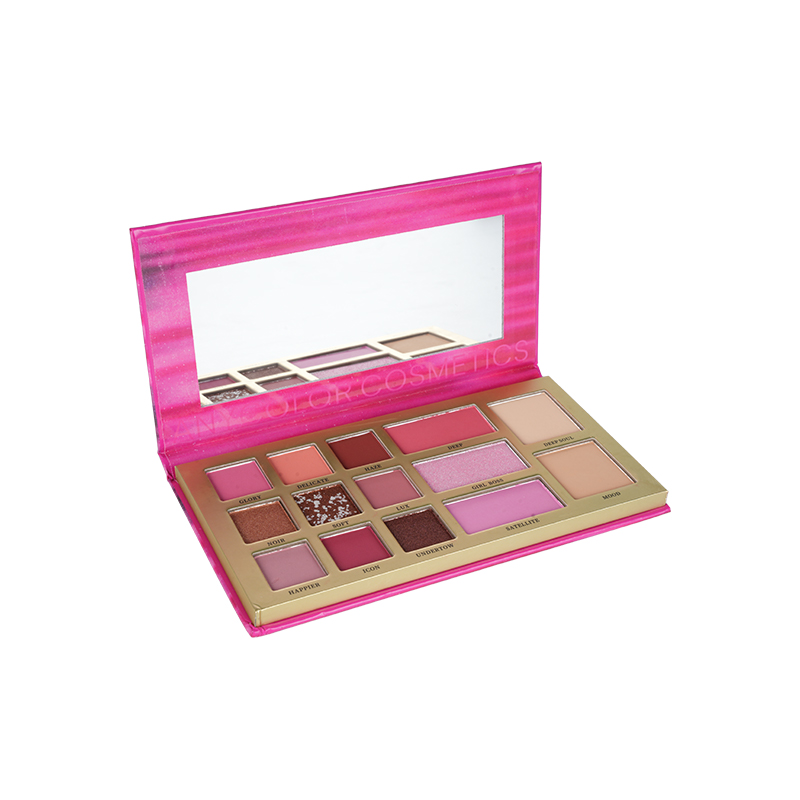Using concealer waterproof products has become a popular choice for many who want long-lasting coverage, especially in humid or wet conditions. However, while concealer formulas provide durability, some users still face challenges that affect the final look. Understanding common mistakes made with concealer and how to avoid them can help achieve a smooth, natural finish that lasts throughout the day.
One common mistake when using concealer waterproof is applying too much product. Because waterproof concealers tend to be thicker than regular concealers, over-application can result in a cakey or heavy appearance. To avoid this, it is important to use a small amount and build coverage gradually. Dab the concealer sparingly on problem areas, then blend gently with a brush, sponge, or fingertip. This technique helps maintain a natural finish while taking advantage of the concealer's staying power.
Another error often seen is neglecting to prepare the skin properly before applying concealer. If the skin is dry or uneven, the concealer waterproof may cling to flakes or settle into fine lines. To prevent this, moisturize the skin adequately and consider using a lightweight primer suited for your skin type. These steps create a smooth canvas that allows the concealer to apply more evenly and last longer without cracking.
Choosing the wrong shade is also a frequent mistake in using concealer. A shade that is too light or too dark can draw attention rather than conceal imperfections. It is advisable to select a concealer that closely matches the skin tone or is slightly lighter for under-eye areas. Testing the concealer in natural light can help determine the shade for blending seamlessly into the skin.
Incorrect blending techniques can affect the appearance of concealer waterproof. Rubbing or dragging the product across the skin can disrupt the foundation or cause uneven patches. Instead, use gentle patting motions to blend concealer. This approach helps maintain coverage and prevents the product from moving or wearing off too quickly. Tools like damp makeup sponges often assist in achieving a smooth blend without disturbing other makeup layers.
Another mistake is applying concealer waterproof without setting it properly. Since waterproof formulas are designed to resist moisture, they can sometimes remain tacky or sticky after application. Using a translucent setting powder or a setting spray helps lock the concealer in place. This step reduces creasing and extends the wear time. Applying the setting powder lightly with a brush is generally recommended to avoid disturbing the concealer.
Some users make the error of applying concealer waterproof on oily skin without addressing the excess shine. Oiliness can cause concealer to break down or slide off during the day. To manage this, it is helpful to use an oil-control primer or blotting sheets before applying concealer. This creates a balanced base that improves the concealer's adherence and durability.
Skipping touch-ups or failing to refresh concealer as the day progresses can also result in a less polished look. Even though waterproof concealers are designed to last, environmental factors like sweating or rubbing the face can wear down the product. Carrying a small amount of concealer waterproof for quick touch-ups can help maintain coverage and freshness throughout the day.
Applying concealer waterproof directly from the tube without using a tool can sometimes result in contamination or uneven application. Using clean brushes, sponges, or disposable applicators ensures hygienic use and better control over the amount applied. This practice not only improves the finish but also helps avoid introducing bacteria to the skin, which can cause irritation.
Another common oversight is not removing concealer waterproof thoroughly at the end of the day. Waterproof formulas are more resistant to regular cleansers and may require dedicated makeup removers. Using gentle but effective removers specifically designed for waterproof products ensures the skin is clean without unnecessary rubbing or irritation.
Applying concealer waterproof without considering the surrounding makeup can also cause issues. For example, layering heavy concealer over a foundation that does not set well may cause pilling or patchiness. Testing the compatibility of concealer with other products in a makeup routine helps create a cohesive and lasting finish.

 SEARCH
SEARCH

 English
English Español
Español Português
Português





















